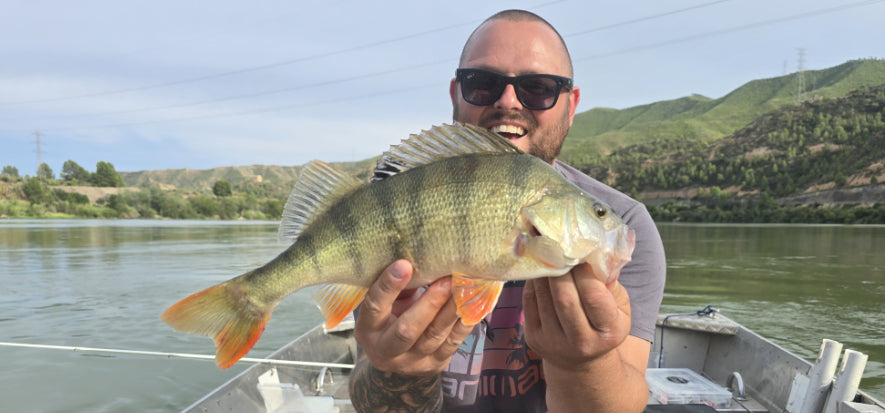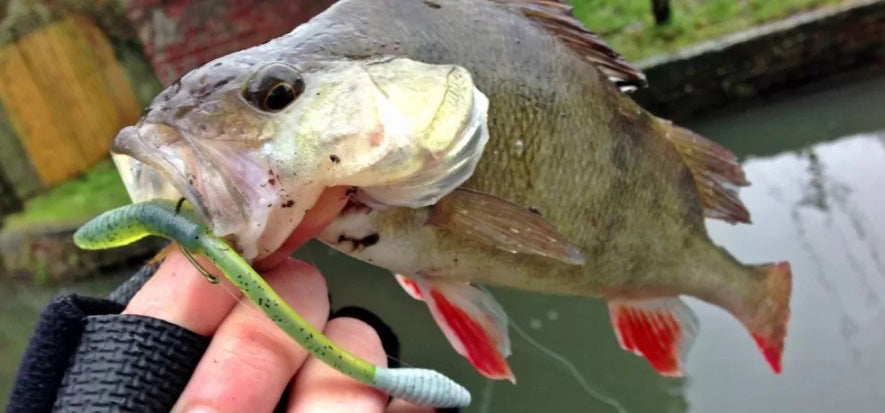This autumn took us to Spain, to the legendary Ebro River, which has long been regarded as one of the best places in the world for catching catfish. Our goal was to test spinning techniques in October conditions, a time when the fish are expected to feed heavily in preparation for winter.
Unfortunately, the weather was not on our side. Floods, high water levels, and a lot of debris carried by the current made the conditions especially difficult. The muddy, murky water reduced the visibility of lures and forced us to constantly adjust our presentation.
Gear and Lures
We used strong spinning rods, 2.70–3.00 m in length, with a casting weight of over 100 g. A solid braided line (at least 0.35 mm) was essential, finished with either a fluorocarbon or steel leader fighting a heavy and strong catfish in the Ebro’s current demands a very reliable setup.
As for lures, we experimented with a wide range:
- Large soft baits: in the 18–25 cm range, rigged on 30–50 g jig heads,
- Deep diving crankbaits: with aggressive action in the current,
- XXL spinnerbaits and spinners: which proved useful in murky water thanks to their strong vibrations.
In these conditions, lures that created lots of stimuli noise, vibrations, flashes were especially important, as the limited water clarity made it harder for the fish to locate prey.
Presentation Techniques
The high, muddy water forced us to experiment with different retrieves. The most effective were:
- Slow, powerful retrieves close to the bottom: giving the catfish time to detect the lure,
- Lift and drop retrieves with soft baits: imitating an injured fish,
- Targeting inflows and quieter river bends: where the fish sheltered from the strong current.
It’s worth remembering that in such conditions, catfish don’t always remain in the main flow – they often hold near structures, submerged trees, or in small bays.
Results and Takeaways
After six days of intense fishing, the final result was one catfish measuring 132 cm. Modest by Ebro standards, but considering the conditions a real success. Every cast taught us something new about fish behaviour in floodwaters.
Tips for Anglers Planning a Trip to the Ebro
- Check forecasts and water levels :the Ebro can rise rapidly, completely changing the fishing grounds.
- Bring a wide variety of lures :from big soft plastics to crankbaits and spinnerbaits, so you can adapt to changing conditions.
- Don’t shy away from heavy gear : fighting a catfish in strong current requires serious power.
- Look for calmer areas of the river : bays, inflows, and slack water behind obstacles are often the key spots.
- Be patient : the Ebro can reward you with the fish of a lifetime, but it demands persistence and consistency.
Although this trip didn’t bring the numbers we had hoped for, it gave us valuable experience in adapting to extreme conditions. And that knowledge will make the next adventure on the Ebro better prepared and hopefully, more rewarding.



